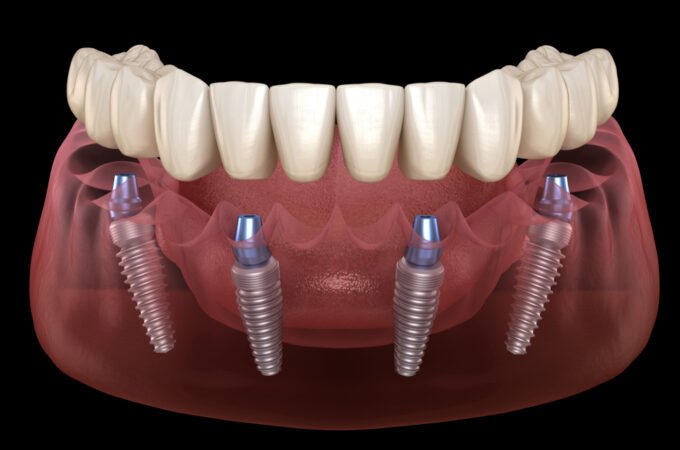
How to Reduce Your Risk of Developing Cataracts
In the United States, cataracts affect 24.4 million people aged 40 and older. Furthermore, by the age of 75, approximately half of the population will experience vision loss due to cataracts. The figures are intimidating, but luckily there are measures you can take to reduce your risk of cataract development. Here are a few top tips to prevent you from becoming a statistic.
Go For a Regular Check Up
People aged between 40 and 64 years old should schedule a complete eye examination every 2 to 4 years, while older adults aged 65 and up should go for a check-up every 1 to 2 years. In the early stages, cataracts often develop without symptoms, but a qualified eye doctor can spot the signs early on with a pain-free dilated eye exam. Despite taking preventive measures, cataracts can still form. If this is the case, the best thing to do is to monitor the progress and follow guidance from your eye doctor. Eye care professionals can help you manage your eye condition, which can help slow the development.

Take Action
Symptoms of cataracts can take years to appear, but once they do, you should take action. Your eye doctor may suggest cataract surgery if your vision begins to deteriorate in a way that affects your everyday activities. This can include watching television, driving, and reading a book. The procedure is simple and straightforward, and it involves replacing the clouded lens with an artificial lens. If you are looking for cataract surgery near me, find one that offers the PanOptix® Lens. After cataract surgery, some people need to wear glasses. However, 80.5 percent of people claim that they can see without them with these specialist lenses, while 11.4 percent say they rarely use them.
Shield Your Eyes From the Sun
Everyone knows that excess sun exposure can be incredibly harmful to the skin, but the eyes are actually more susceptible to damage than any other part of the body. Research shows that UV light triggers cellular changes in the eyes, and this can damage the protein in the lens of your eyes. To prevent this from happening, you can protect your eyes from harmful UV rays by donning a pair of shades. Just remember that not sunglasses are created equal. When purchasing a pair, make sure they fit close to your eyes and that they block out at least 99 percent of UVA and UVB rays.
Maintain a Healthy Weight
Obesity increases a person’s risk of developing health conditions, such as diabetes, and these health conditions are associated with cataracts. Therefore maintaining a healthy weight can help keep your eyes cataract-free. People with a body mass index (BMI) of 30 or more are considered to be obese. Regular exercise and eating a balanced diet can help individuals maintain a healthy weight and prevent obesity. This could reduce the chance of developing cataracts, but it can also decrease the risk of other health problems too.




